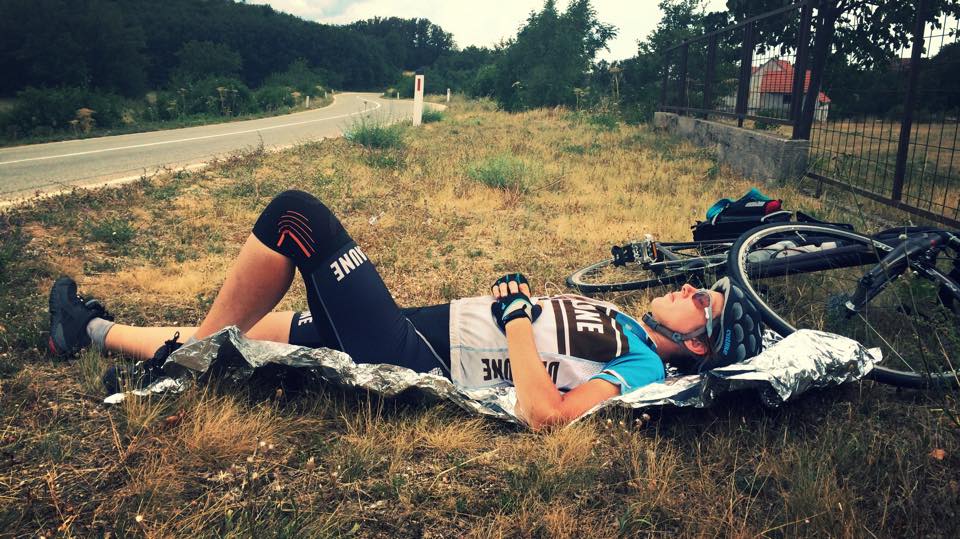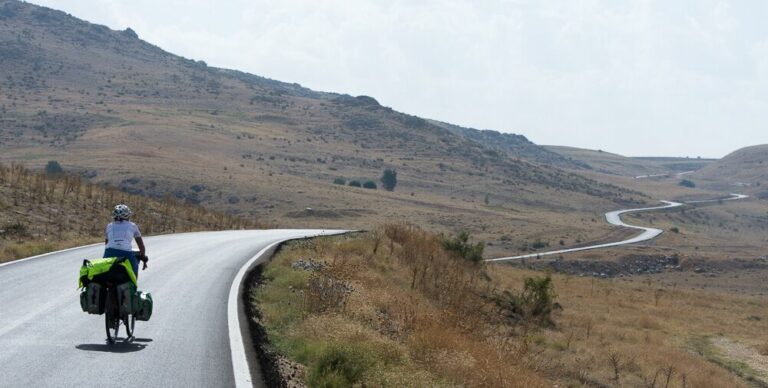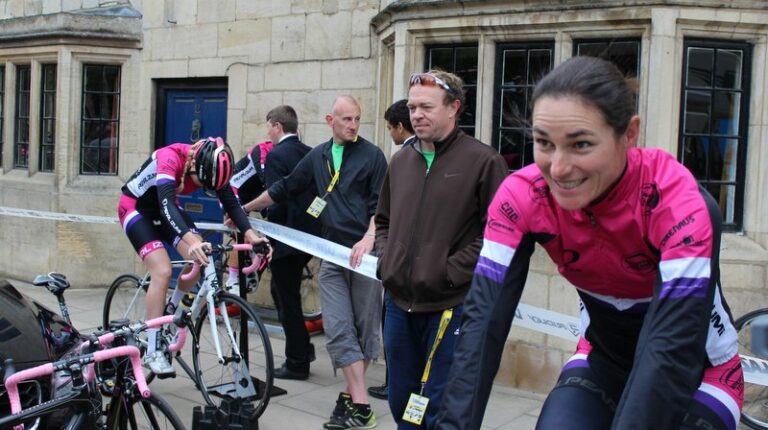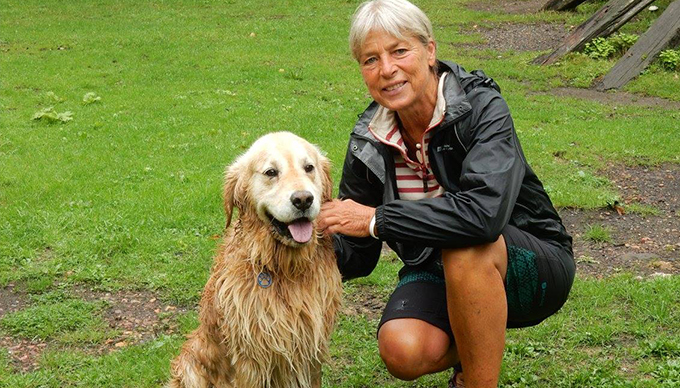The racers have to create their own route to Istanbul, threading via the check points, through France, Coratia, Greece and Turkey. Some areas were very hot, some very dangerous, some both.

Organisation before the race began made a big difference to the duo, and to Jayne when she continued on her own – she explains: “Katie was so organised- we had Garmin routes, paper maps, profile routes, translation cards, pre-paid credit cards – she covered every eventuality.”
Despite the huge distance ahead, Jayne describes the race start as ‘hectic’ – saying: “When we got to the start line, the atmosphere was a bit crazy, it was tense, and dark – we set off at midnight – there were torches and bonfires. The first lap was neautralised – but it was so fast. I guess there was just so much adrenaline. After that lap, you came back through the spectators, and over the hill – then everyone just stopped and re-set their computers, and disappeared in their own direction.”
The road was hard – crossing the French alps and into some if Italy’s Giro d’Italia monsters. Notably tough was a 60km military carriageway called the ‘Strada Dell’Assietta’ -a path strewn with rubble that unexpectadly took the pair eight hours to conquer.
Jayne loved the exhilaration of adventure – she says: “It was an awesome challenge and I relaised this was what was missing from my cycling – not the physical challenge but the mental challenge.”
Injury of course scuppers the plans of many – including Juliana Buhring, the ultra-endurance cyclist who was the only woman to take on the inaugural Transcontinental in 2013. Around 1,000 kilometres in to the race, her knees gave in and she was unable to continue.
Jayne and Katie were watching the other female competitors on a geo tracking app – she explains: “We could track the other women and see how they were doing. We could see when some of the other women dropped out and of course we were worried if they were ok, we wouldn’t find out what happened for days after we saw them drop out.”
She had her own struggles with knee pain – as she explains: “I had a pain in my knee when I woke up on day two. It was odd, I couldn’t understand because I’d never had knee problems. I realized after about half a day that I was wearing different shoes and hadn’t dropped my saddle a bit to compensate for them. I was really worried, and didn’t want to worry Katie. Once I’d worked out that it was the shoe, I just rode on flats on my SPDs, then we got to a Decathlon store and I got flat pedals and a knee support.”
While the knee issue needed careful diagnosis and management, she maintains that some injuries are mostly mental: “Partly I think it’s just psychological. Your body just saying ‘just stop doing this’ and I think if you can manage it, in the short term, your body says ‘fine, just get on with it’.”












